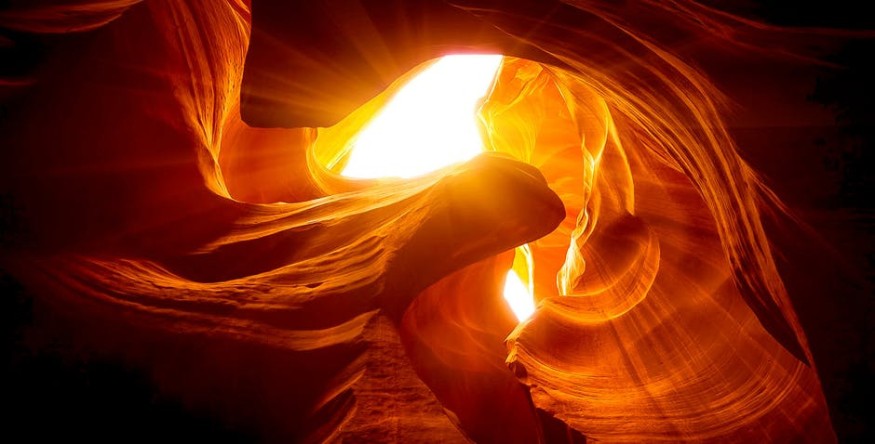
For a long time, the only practical way of generating heat has been associated with the motion of particles. Conventionally, most think of friction as a source of heat, but scientists from the University of California, Berkeley have recently proven the possibility of other forms of heat transfer.
Traditionally, the simple way to think of heat is through the speed at which particles move. The quicker the particles move, the more heat they generate.
On a cosmic level, heat transfer looks a little different. Because heat transfer between light materials (also called photons) of neighboring stars are less direct than physical materials on Earth, most forms of heat in space tend to travel through vacuums courtesy of photons. This could be thought of the way the sun could warm the Earth through its light, despite having billions of light-years between each other.
However, the ability of phonons (the Earth counterpart to photons) to carry heat through empty space has long been a matter of great debate. Whether or not two objects could transfer heat between them without a semi-physical medium had always spurred great doubt until it was considered alongside another long-standing question: is space completely empty?
According to quantum mechanics, maybe not.
Studies suggest that a certain uncertainty exists around the physical state of the universe, as evidenced by the difficulty in attempting to localize the exact position and momentum of subatomic particles. As a result, this existential uncertainty creates a phenomenon called quantum fluctuations; wherein particles (sometimes called virtual particles) appear to fall in and out of existence. Thus, a vacuum can never be totally empty.
A few years back, it was theorized that virtual particles could generate detectable forces, such as when the Casimir effect creates attraction between objects in close proximity under very specific conditions. In theory, if quantum fluctuations could help create actual forces, then things such as heat transfer without radiation become an exciting possibility. In other words: technology such as transistors could operate at a faster pace with less power consumption and energy loss.
As cool as the idea is, however, there are some complications that make the actualization of the theory more difficult.
Preliminary studies had predicted that in conducting the actual experiment to verify these claims, researchers would only be able to observe the effect that occurs between objects if they were a few nanometers apart. At such a minuscule scale, small forces such as electrical forces could obfuscate the phonon effect.
To tackle this significant problem, the researchers had spent years to create experiments that could potentially allow them to observe the heat transfer through phonons in larger gaps between the particles in the vacuum.
The experiment itself took a lot of fine adjustments, as Zhang noted the sensitivity of the study to temperature, distance, and positioning. A particular pain was in trying to conduct the experiment during the summer, where the facilities where the experiment was performed inevitably rose in temperature.
By the end of it, though, they were able to discover that when membranes of the virtual particles were brought not more than 600 nanometers apart, they would begin displaying significant changes in heat transfer.
While the technology is far from complete, the study shows great promise for the future of electronic devices. The improved heat management could create smaller and faster laptops in the future, raising hope for the near saturation of Moore's Law for silicon chips.
RELATED ARTICLE : The Reason Why Scientists Are On the Look-out for the Next Silicon Chip
© 2025 NatureWorldNews.com All rights reserved. Do not reproduce without permission.





